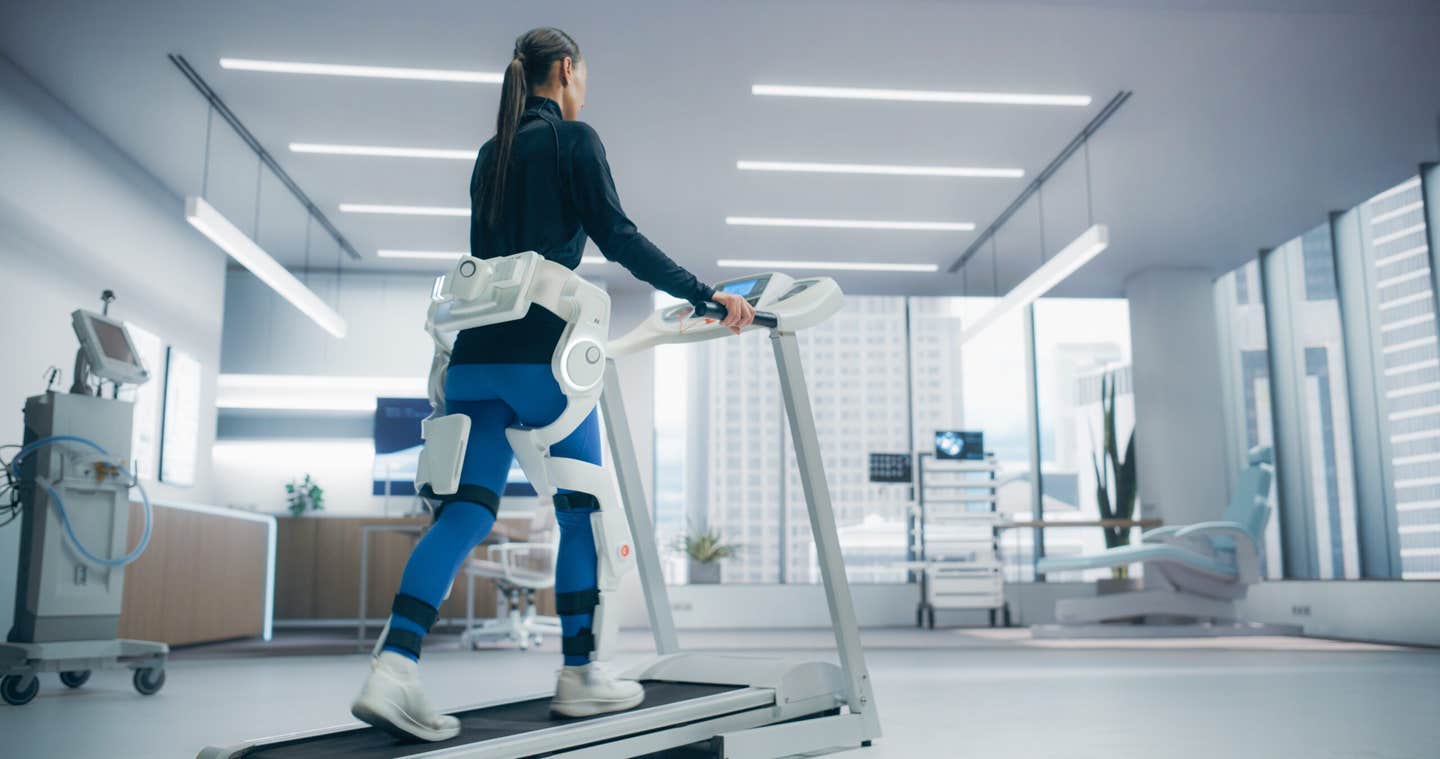Breakthrough swallowable pill tracks gut inflammation in real time
A new ingestible device uses wireless sensing to track gut health in real time, detecting early signs of inflammation and “leaky gut.”

Swallowable sensor wirelessly tracks gut lining health, detecting early signs of IBD through real-time bioimpedance monitoring. (CREDIT: Doucefleur)
In the human body, the gastrointestinal (GI) tract acts as a vital barrier. It blocks harmful substances and protects organs from infection and disease. A strong mucosal lining, which includes tight junctions between cells, helps control what passes into the bloodstream. But when that barrier weakens, the consequences can be serious.
Chronic conditions like inflammatory bowel disease (IBD) often begin with a damaged mucosal barrier. This leads to a "leaky gut," where bacteria, toxins, and undigested food slip into the body. It causes inflammation and worsens disease. Yet, current tools for monitoring this barrier come with limits. Most rely on invasive methods like endoscopy or biopsy. These approaches can't monitor the whole GI tract or offer real-time updates. They also don’t catch early changes.
A Need for Better GI Monitoring
Doctors and researchers have long needed better tools. Existing lab techniques, like measuring transepithelial electrical resistance (TEER), work only in controlled settings. They can't be used inside the body beyond the esophagus. Imaging tools are often too general, missing small or hidden problem areas.
That’s where the breakthrough comes in. A team of engineers and scientists has created a new, non-invasive device. It’s small, smart, and powerful. You swallow it like a pill. Once inside, it begins tracking the health of your GI lining—wirelessly and continuously.
“This technology represents a major step forward in the field of GI diagnostics,” said Dr. Reza Ghodssi, one of the lead researchers. “The ability to continuously monitor mucosal barrier integrity in a non-invasive manner could revolutionize the way we diagnose and manage conditions like IBD.”
How the Device Works
The new device is called a wireless bioimpedance sensing capsule. It sends real-time data about your gut health using Bluetooth. It does this by measuring something called bioimpedance, which is how much the tissue resists electric current. When the mucosal barrier weakens, that resistance changes.
Related Stories
The team designed a flexible, four-probe sensor for this task. They coated the sensor with PEDOT:PSS, a special conductive polymer. This helps the device pick up even the tiniest changes in permeability, or "leakiness." Inside the body, where motion and fluids can cause noise, this coating also helps ensure accurate readings.
Instead of bulky wires, the capsule runs on Bluetooth. It also has a small LED that lights up when it detects a shift in mucosal permeability. This helps researchers—and eventually doctors—know when and where a problem begins.
To validate the design, the team ran tests on excised pig and mouse intestines. In one study, they exposed mouse colon tissue to a calcium chelator, a compound that weakens tight junctions. As expected, the device picked up the changes. It showed different bioimpedance levels for healthy and damaged tissue.
The sensor proved especially sensitive at a frequency of 10.5 kHz. This made it possible to catch even mild inflammation—a key advance for early diagnosis.
Benefits Beyond the Lab
This capsule stands apart because it works deep inside the body, beyond what endoscopy can reach. It offers a safe and non-invasive way to check gut lining health. Most importantly, it provides continuous data, not just snapshots during a procedure. This could change how doctors track diseases like Crohn’s or ulcerative colitis.
Inflammatory bowel disease affects millions of people worldwide. In the U.S. alone, nearly 3.1 million adults live with IBD. The cost of care adds up, especially when diagnoses come late or treatment doesn’t work well. Real-time gut monitoring could lower those costs and improve treatment results.
Right now, many patients rely on symptoms to report flare-ups. But symptoms can be misleading. They don’t always match the state of the mucosal barrier. With this new device, doctors could see what’s really happening inside and adjust care quickly.
The sensor may also be used in clinical trials to track how well a new drug works. With it, scientists could get clearer data in real time, without needing repeat procedures.
Looking Toward the Future
The capsule’s development is still in the early stages. Future steps will include making the capsule even smaller and refining its sensors. Clinical trials in humans will be needed before it becomes widely available. But the outlook is promising.
In time, the device might even help diagnose other GI problems, like infections, food allergies, or certain cancers. As the tech advances, the sensor could be combined with treatment tools—delivering medicine directly to affected areas while measuring how well the tissue responds.
Doctors could one day use this device the same way people now use fitness trackers or glucose monitors. It could allow people with IBD to catch signs of trouble early and take action faster.
Small Device, Big Impact
What makes this breakthrough so important is its ability to offer both precision and comfort. It avoids the pain and stress that come with invasive tools. It also closes a major gap in medical knowledge. Before this, there was no way to continuously and non-invasively monitor gut barrier function in real-time inside the body.
Now, for the first time, science has a tool that brings lab-grade monitoring into the gut itself. Dr. Ghodssi summed it up best: "The ability to continuously monitor mucosal barrier integrity in a non-invasive manner could revolutionize the way we diagnose and manage conditions like IBD."
From labs to living rooms, this capsule might soon help people take control of their gut health in a whole new way.
Research findings are available online in the journal Nature Microsystems & Nanoengineering.
Note: The article above provided above by The Brighter Side of News.
Like these kind of feel good stories? Get The Brighter Side of News' newsletter.



